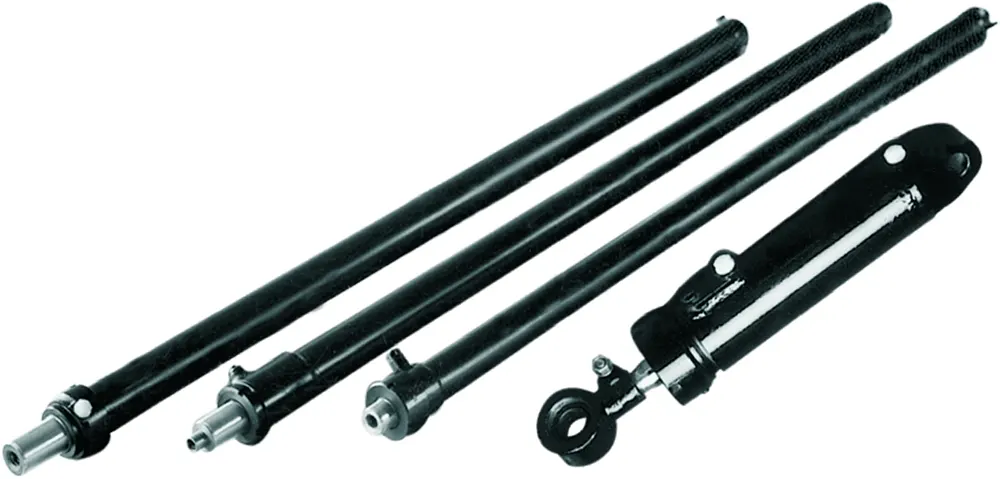Hydraulic cylinders are a key component of boom aerial work vehicles (AWV), and they’re used for a variety of functions in these specialized pieces of machinery. Understanding the role of these cylinders and the components that make up a hydraulic system is essential for anyone in the industry. In this article, we’ll cover the basics of hydraulic cylinders and their use in boom aerial work vehicles.
What Are Hydraulic Cylinders?
Hydraulic cylinders are devices that convert the force of hydraulic fluid into linear motion. They are used in a variety of applications, including AWVs, and they can be used to power a range of operations.
Hydraulic cylinders are composed of two main parts: a piston and a cylinder. The piston is housed within the cylinder, and it is moved by hydraulic pressure. The piston is connected to a rod that is used to move the AWV’s boom arm.
Components of a Hydraulic System

A hydraulic system is composed of several different components. The most important part of the system is the hydraulic pump, which is responsible for creating the pressure that moves the piston. The pump is connected to a reservoir, which holds the hydraulic fluid. The fluid is then sent through a series of valves to the cylinder, where it is used to move the piston.
How Do Hydraulic Cylinders Work?
The operation of a hydraulic cylinder is based on Pascal’s law, which states that when pressure is applied to a confined liquid, it will be transmitted evenly throughout the liquid. In a hydraulic system, the pressure is created by the pump, which forces the fluid through the valves and into the cylinder. The pressure of the fluid then causes the piston to move, which in turn moves the rod attached to it. This rod is connected to the boom arm of the AWV, which is then moved by the force of the fluid.
Advantages of Hydraulic Cylinders
Hydraulic cylinders offer a number of advantages over other types of propulsion systems. They are relatively simple to maintain and operate, and they are highly efficient. They can also provide a great degree of control over the movement of the boom arm, allowing it to be moved precisely and quickly.
Hydraulic cylinders are also much more reliable than other types of propulsion systems. As long as the system is properly maintained, they can provide years of reliable service without requiring much upkeep.
Common Issues With Hydraulic Cylinders
Despite the many advantages offered by hydraulic cylinders, there are some common issues that can arise with them. The most common issue is leaking, which can occur due to a number of factors. This can lead to reduced efficiency and performance, and can also cause damage to the system if left unchecked.
Another common issue is hydraulic fluid contamination. This can occur if the system is not properly maintained, and it can lead to a decrease in performance and reliability.
Conclusion
Hydraulic cylinders are an essential component of AWVs, and understanding their role and the components that make up a hydraulic system is essential for anyone in the industry. Hydraulic cylinders offer a number of advantages over other types of propulsion systems, but they can also suffer from common issues such as leaking and contamination. With proper maintenance, however, these issues can be avoided and hydraulic cylinders can provide years of reliable service.
